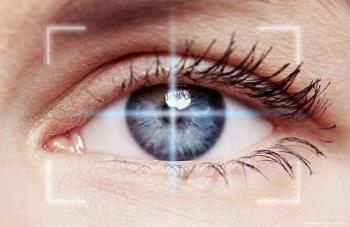
Glaukos announces start of Phase II corneal health clinical program for pharmaceutical platform
The company’s iLink therapy for the treatment of keratoconus consists of novel single-use drug formulations that are bio-activated by proprietary systems through the delivery of ultraviolet light to the cornea to induce corneal cross-linking designed to strengthen, stabilize and reshape the cornea.
Glaukos Corp today announced that it has commenced a Phase 2 clinical program for its third-generation pharmaceutical platform (iLink) therapy designed to treat keratoconus.
According to the company, its pharmaceutical platform consists of novel single-use drug formulations that are bio-activated by proprietary systems through the delivery of ultraviolet light to the cornea to induce corneal cross-linking designed to strengthen, stabilize and reshape the cornea.
Glaukos’ third-generation pharmaceutical platform therapy is a corneal cross-linking treatment designed to customize the therapeutic capabilities, streamline the patient experience and build upon Glaukos’ first-generation iLink therapy, known as iLnk Epi-off, and its second-generation iLink investigational therapy, known as iLink Epi-on.
“As we do with all of our platforms, we continue to drive subsequent generations of future innovation, and we are delighted to announce the commencement of this Phase 2 clinical program for our third-generation iLink therapy,” said Thomas Burns, Glaukos president and CEO.
Burns added that the pharmaceutical platform therapy builds upon existing therapies, noting that the company is looking forward to seeing what the investigational therapy can do for keratoconus patients in its Phase 2 trials.
The company noted that the third-generation pharmaceutical platform therapy Phase 2 clinical program consists of two separate multi-center, randomly assigned, controlled trials designed to evaluate the safety and efficacy of patient-specific, customized versus non-customized treatment patterns for corneal cross-linking and a new investigational laser-based bio-activation system, respectively.
According to the company, it anticipates it will enroll keratoconus patients across both trials at clinical sites in the United States, Europe, South America and Asia. Both trials are designed to have a primary safety and efficacy follow-up period of 6 months.
Newsletter
Don’t miss out—get Ophthalmology Times updates on the latest clinical advancements and expert interviews, straight to your inbox.
















































.png)


